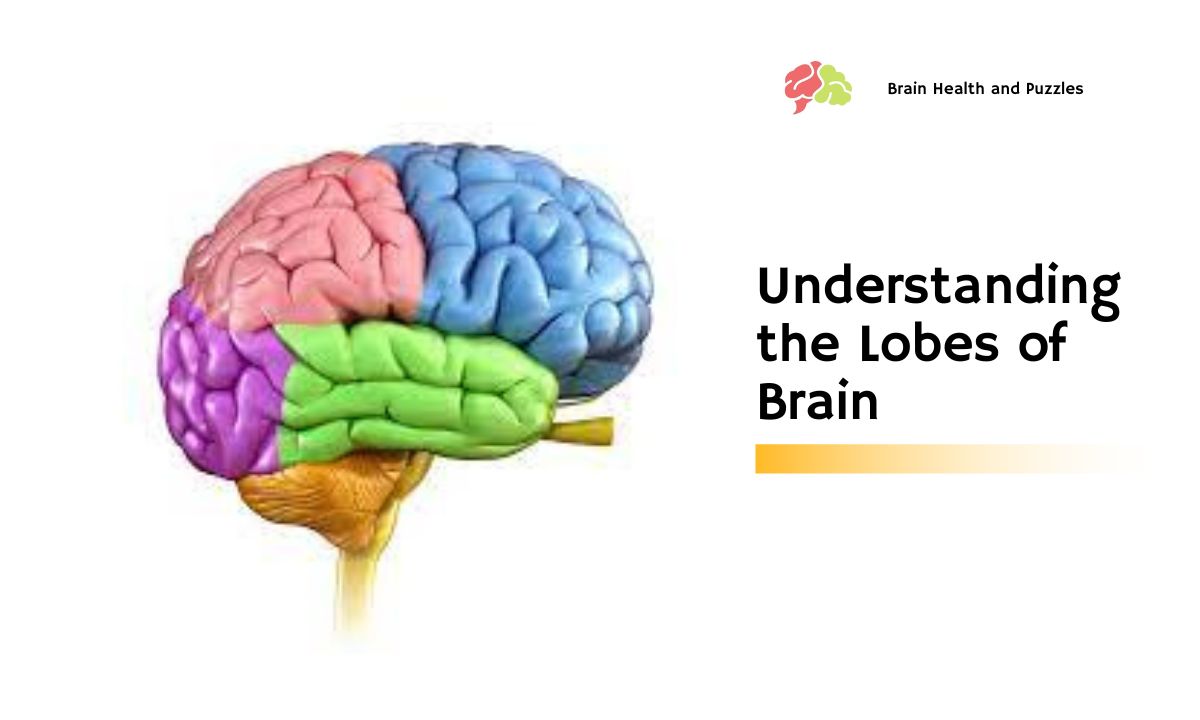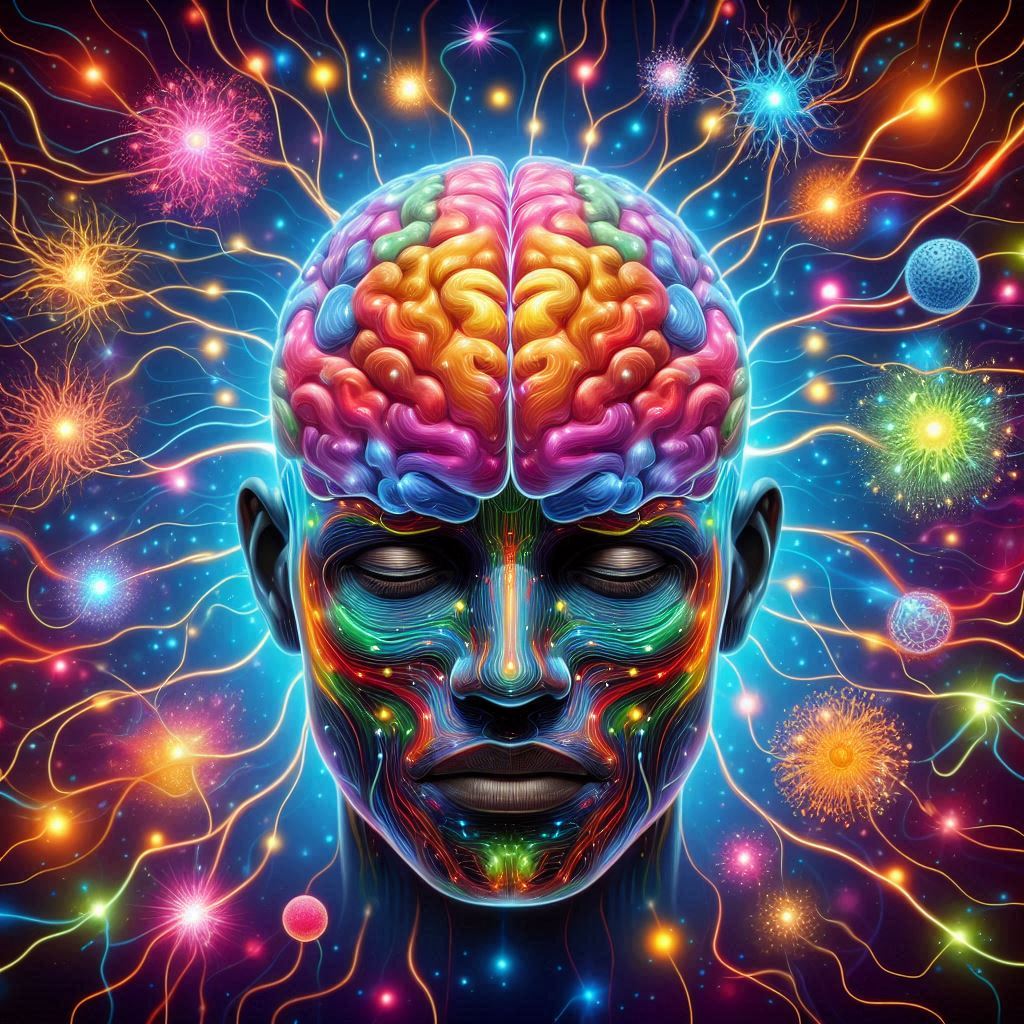Understanding the Lobes of Brain
1. Introduction:
The human brain is a complex organ responsible for controlling and coordinating various bodily functions. It consists of different regions, each with its own unique functions and characteristics. One way to divide the brain is into lobes, which are major divisions that help us understand the different roles and responsibilities of each region. In this article, we will explore the lobes of brain and their specific functions in detail.
2. The Frontal Lobe: The Seat of Decision Making and Problem-Solving
The frontal lobe is located at the front of the brain and is considered the center for higher cognitive functions. It plays a crucial role in decision-making, problem-solving, and logical reasoning. This lobe is also responsible for controlling our personality, emotions, and social behavior. Additionally, it houses the motor cortex, which controls voluntary movements.
3. The Parietal Lobe: Sensing and Making Sense of the World
Situated behind the frontal lobe, the parietal lobe is responsible for processing sensory information from the body. It enables us to perceive and interpret sensations such as touch, temperature, pain, and pressure. The parietal lobe also plays a role in spatial awareness, allowing us to navigate our surroundings and understand the position of objects in relation to ourselves.
4. The Temporal Lobe: Processing Auditory Information and Memory
Located on the sides of the brain, the temporal lobes are primarily involved in processing auditory information and language comprehension. They help us recognize and interpret sounds, including speech and music. Moreover, the temporal lobes play a crucial role in forming and retrieving memories, both short-term and long-term.
5. The Occipital Lobe: Vision and Visual Perception
The occipital lobe is situated at the back of the brain and is solely dedicated to processing visual information. It receives signals from the eyes and translates them into meaningful images. This lobe allows us to perceive and understand the world around us visually, including color, shape, depth, and motion.
6. The Cerebellum: Coordination, Balance, and Motor Skills
The cerebellum is a distinct structure located at the back of the brain, below the occipital lobe. Although not technically a lobe, it is worth mentioning due to its crucial role in motor coordination, balance, and precise movement control. The cerebellum ensures smooth and coordinated movements by integrating information from various sensory systems and regulating muscle activity.
7. The Brainstem: Vital Functions and Basic Survival
The brainstem is the lowest part of the brain, connecting the spinal cord to the rest of the brain. It controls vital functions necessary for survival, such as breathing, heart rate, blood pressure, and digestion. Additionally, the brainstem acts as a relay station, transmitting sensory and motor signals between the brain and the rest of the body.
8. Frequently Asked Questions (FAQs)
8.1 What are the lobes of the brain?
The lobes of the brain refer to the major divisions or regions that have specific functions. They include the frontal, parietal, temporal, and occipital lobes.
8.2 How do the lobes of the brain work together?
The lobes of the brain work in harmony to ensure the proper functioning of the body. They communicate and share information through a network of neural connections, allowing for coordinated actions and responses to the environment.
8.3 What happens if one of the lobes of the brain is damaged?
If one of the lobes of the brain is damaged, it can lead to various neurological deficits depending on the specific lobe affected. For example, damage to the frontal lobe may result in personality changes and impaired decision-making abilities.
8.4 Can the lobes of the brain regenerate or heal?
The brain has a limited ability to regenerate and repair itself. While some recovery may occur with rehabilitation and therapy, the extent of regeneration in the lobes of the brain is still a subject of ongoing research.
8.5 Are there any exercises to improve the function of specific lobes?
Engaging in activities that stimulate specific brain functions, such as puzzles for the frontal lobe or sensory exercises for the parietal lobe, may help enhance brain function. However, it’s essential to consult with a healthcare professional for personalized recommendations.
9. Conclusion
Understanding the different lobes of the brain is essential for comprehending the complexity of human cognition and behavior. Each lobe plays a unique role in processing information and enabling various functions, from decision-making to sensory perception. By recognizing the importance of these lobes and their interconnectedness, we can gain a deeper appreciation for the incredible capabilities of the human brain.



